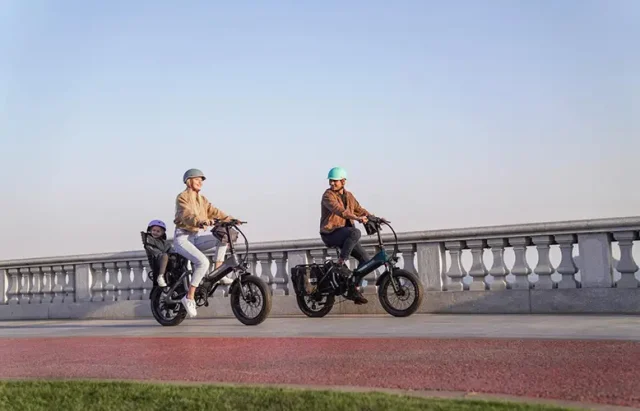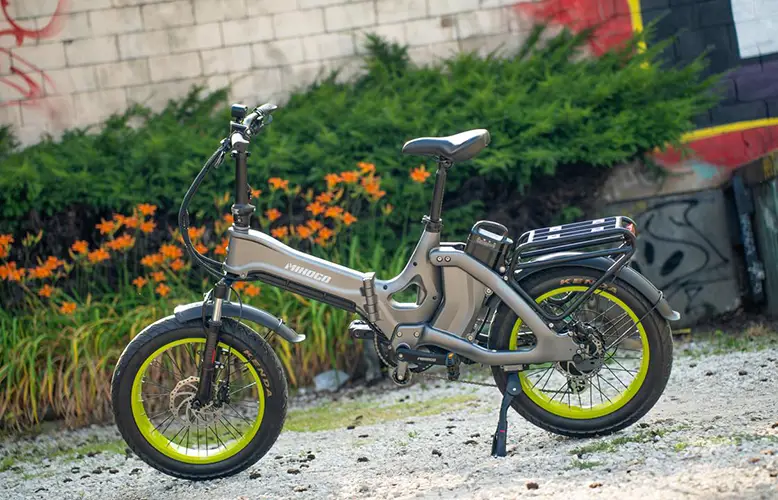
As temperatures rise during summer months, electric bike owners face unique challenges in maintaining their rides. The combination of heat, humidity, and increased usage can significantly impact your e-bike’s performance and longevity. Understanding proper summer care techniques ensures your electric bike remains reliable throughout the hottest seasons.
Understanding Heat’s Impact on E-Bike Batteries
Lithium-ion batteries, the powerhouse of modern e-bikes, are particularly sensitive to temperature extremes. When exposed to temperatures above 95°F (35°C), battery cells can experience accelerated degradation, reducing both immediate range and long-term capacity. This thermal stress affects the chemical reactions within the battery, potentially causing permanent damage if not properly managed.
The internal temperature of a battery during summer riding can exceed ambient temperatures by 10-20 degrees, especially during uphill climbs or when using higher assist levels. This heat buildup creates a compound effect that riders must actively manage to preserve their investment.

Essential Summer Storage Strategies
Proper storage becomes crucial during summer months. Never leave your e-bike in direct sunlight or inside a hot car, where temperatures can quickly soar above 140°F (60°C). Instead, store your bike in a cool, dry location, ideally between 50-77°F (10-25°C). If garage storage isn’t climate-controlled, consider removing the battery and storing it indoors.
For riders who commute with their carbon fiber folding electric bike, finding shaded parking becomes essential. The lightweight design of models like the carbon fiber folding electric bike makes it easier to bring indoors when outdoor temperatures become extreme, protecting both the frame and electrical components from heat damage.
Optimal Charging Practices for Hot Weather
Summer charging requires additional precautions. Always allow your battery to cool down for at least 30 minutes after riding before plugging it in. Charging a hot battery not only reduces charging efficiency but can also trigger safety mechanisms that prevent charging altogether.
Schedule charging during cooler morning or evening hours when possible. If you must charge during peak heat, ensure adequate ventilation around the battery and charger. Some riders invest in small fans to promote air circulation during charging sessions, particularly important for high-capacity batteries found in premium models.
Riding Techniques to Minimize Heat Buildup
Adjust your riding style during summer to reduce battery strain. Use lower assist levels when possible, allowing the motor to work less intensively. Plan routes that avoid prolonged steep climbs during the hottest parts of the day. Taking regular breaks during longer rides gives both motor and battery time to dissipate heat naturally.
The best folding electric bike models, like those available at best folding electric bike, often feature advanced thermal management systems. However, rider awareness remains the first line of defense against heat-related issues.
Maintenance Tips for Summer Riding
Regular maintenance becomes even more critical during summer. Check tire pressure more frequently, as heat causes air expansion that can lead to overinflation. Inspect electrical connections for signs of corrosion from increased humidity. Clean your bike more often to remove dust and debris that can insulate components and trap heat.
Pay special attention to the motor area, ensuring cooling vents remain unobstructed. Some riders apply dielectric grease to electrical connections as added protection against moisture from summer storms or humid conditions.
Recognizing Warning Signs
Learn to identify heat-related issues before they become serious problems. If your e-bike’s display shows temperature warnings, stop riding immediately and allow the system to cool. Reduced power output, unexpected shutdowns, or batteries that feel unusually hot to the touch all indicate the need for immediate attention.
Modern e-bikes include sophisticated battery management systems that protect against extreme temperatures, but these safeguards work best when riders remain vigilant about prevention rather than relying solely on automatic protections.
Long-Term Battery Preservation
Summer care directly impacts battery lifespan. Consistently exposing batteries to high temperatures can reduce their effective life by up to 50%. By implementing proper heat management strategies, riders can expect their batteries to maintain 80% or more of original capacity after several years of use.
Consider adjusting your charging habits to maintain battery levels between 20-80% during extreme heat periods. This practice, known as partial charging, reduces stress on battery cells and can significantly extend overall lifespan.
Conclusion
Summer e-bike care requires mindful attention to heat management, but the effort pays dividends in reliability and longevity. By understanding how temperature affects your electric bike and implementing these protective strategies, you can enjoy worry-free summer riding while preserving your investment. Whether navigating city streets or exploring scenic trails, proper summer care ensures your e-bike remains a dependable companion through the hottest months and beyond.
Remember that prevention is always more effective and economical than repair. Take these precautions seriously, and your e-bike will reward you with years of reliable performance, regardless of the season.





